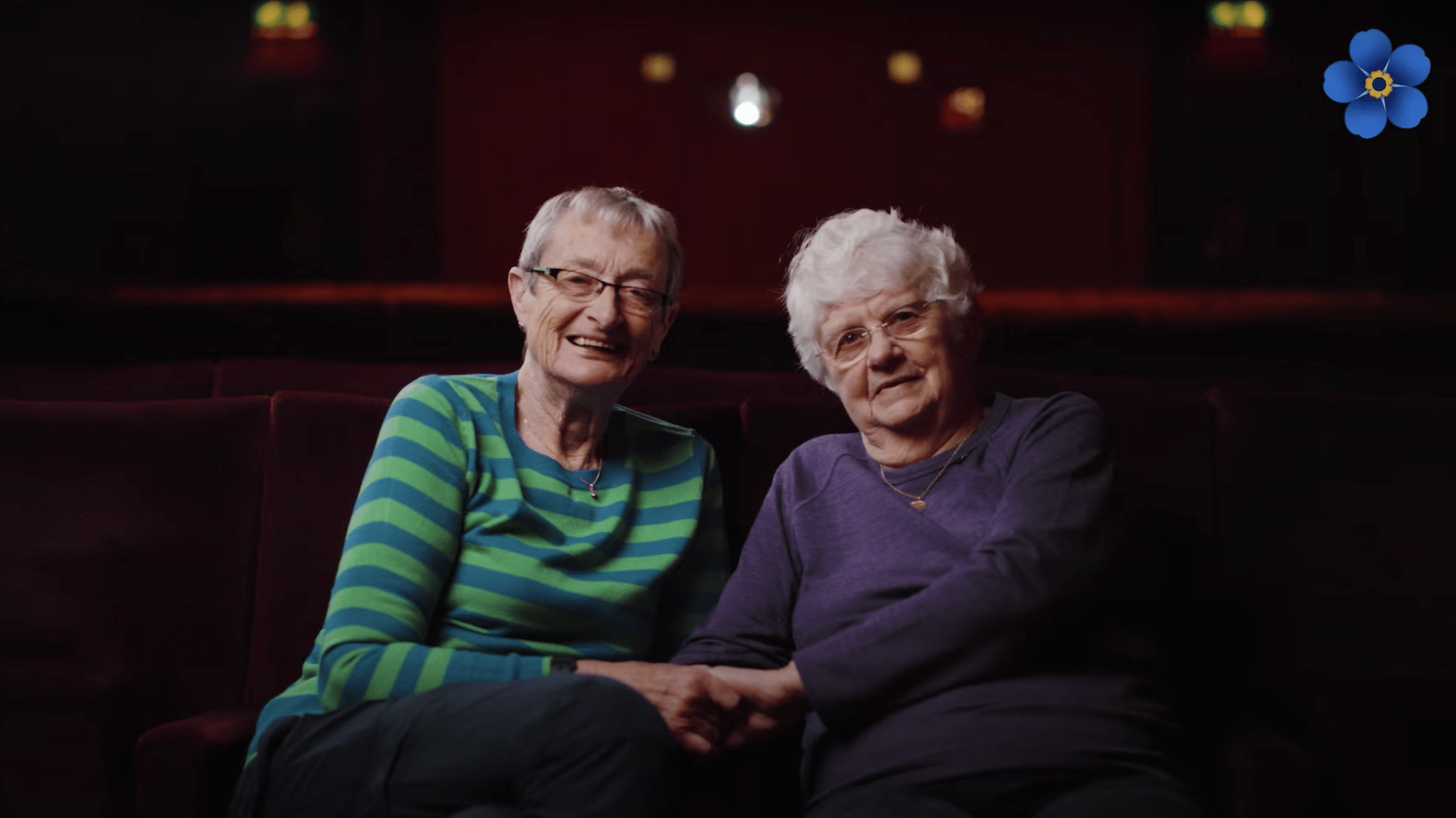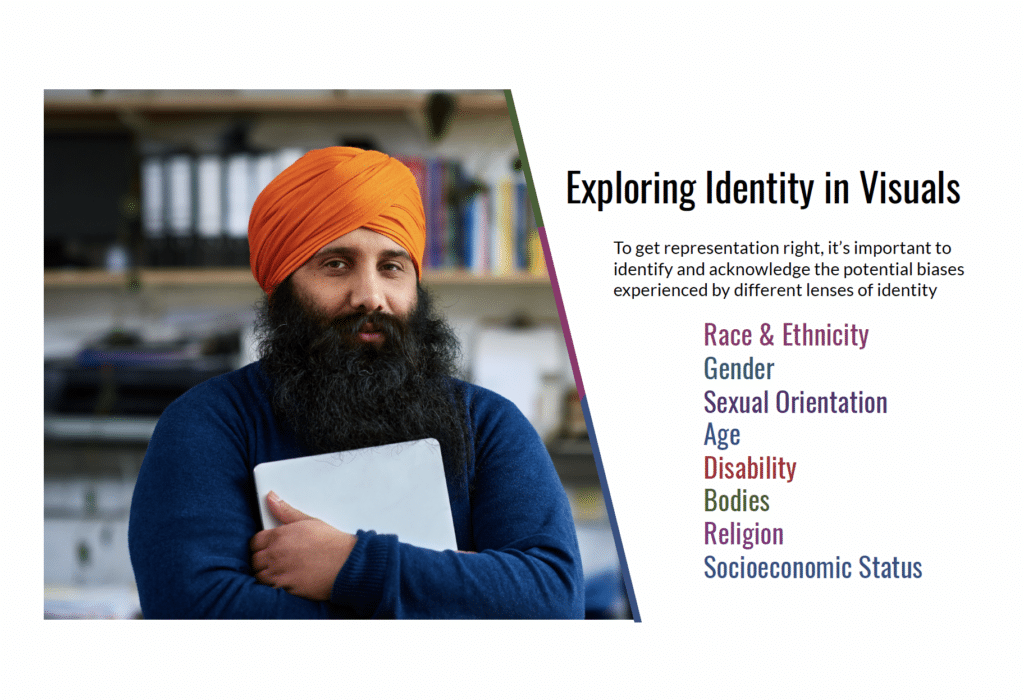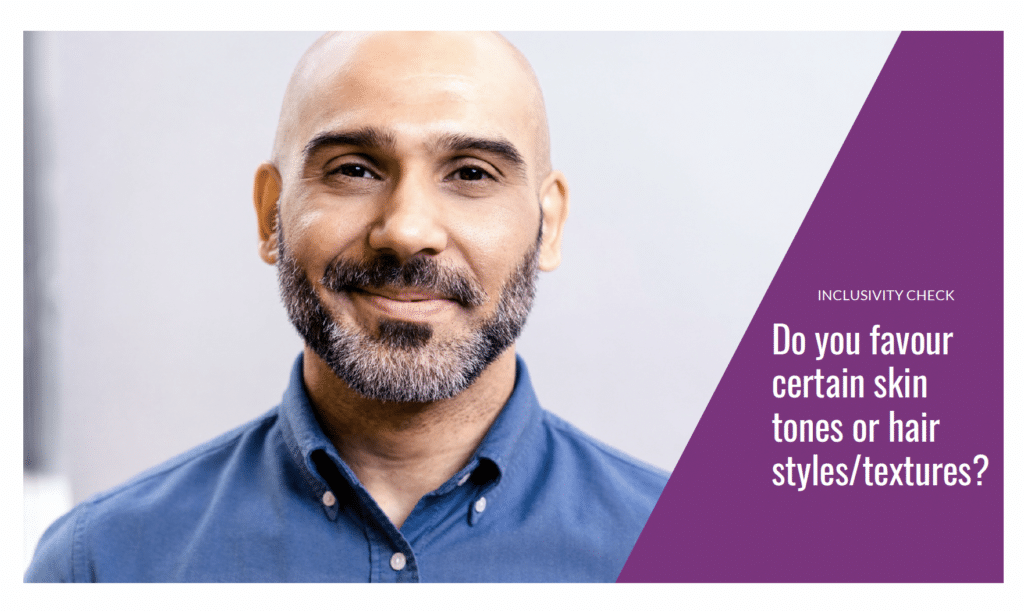Who do we see?

How to speak to diverse audiences in an authentic and engaging way is a major issue for our community. On 29 March, we held a breakfast event to explore how in-house teams are approaching the task of moving marketing communications beyond the superficial and tokenistic and create campaigns that truly resonate.
We began with a presentation from Peter Bates, EMEA Head of Brand & Marketing at Citi, and Dr Rebecca Swift, Head of Creative Insights at our partner for the day, Getty Images. They talked through the series of Diversity, Equity, & Inclusion Imagery Toolkits created by Getty for Citi to set a standard for authentic representation and guide the bank’s campaigns around the world. The toolkits ask Citi’s teams to consider people with reference to eight ‘lenses of identity’: Age, Bodies, Disability, Gender, Race and Ethnicity, Religion, Sexual Orientation and Socio-Economic Status.

Together, the toolkits are designed to provide a roadmap towards more meaningful, accurate depictions of people in marketing communications. Rather than dictating what images to use, they are about equipping teams with the ability to ask the right questions to challenge bias and portray people from diverse backgrounds as rounded human beings. The toolkits are open source and available for anyone to use – they can be downloaded here.

We then asked members of the group to share work that they had done which was designed to represent diverse audiences. Duncan Copp, Director of Creativity at Shell’s Content Engine shared a beautifully observed documentary short about Sam Nelson, a trans woman who works at the company.
We also heard from Gill Westwood, Head of Creative, Brand and Stories at Alzheimer’s Society. Gill shared films from the Society’s new campaign which try to portray more diverse couples whose stories are often overlooked. Three couples each talk about their vow to look after each other, no matter what. Here’s the story of Pauline and Hilary
We then split into small groups giving everyone the chance to share what they were doing in this area, but also to air the challenges and barriers to achieving authentic representation. I’m sharing a few discussion points here:
- Very few attendees had formal toolkits akin to those developed for Citi by Getty. Most were on a journey, trying to write DE&I into brand guidelines, often working with internal D&I teams and/or HR.
- We talked a lot about the importance of creating a ‘safe’ environment within the organisation to have conversations about DE&I and representation, where people feel comfortable with raising and discussing issues. This helps get over the fear of ‘getting it wrong’ or using inappropriate language.
- Being confident to actually run the work can be a major challenge. Some attendees in more risk-averse organisations reported challenges in getting agreement from the business to run work that sought to authentically represent audiences. There can be a fear of ‘getting it wrong’ or of ‘sticking your head above the parapet’ and attracting criticism, particularly on social media. Having a toolkit like the one developed for Citi would be very helpful in reassuring businesses that they were doing this right, it was felt.
- It’s important to consider DE&I criteria at concept stage and not just at execution stage. If it is only considered at execution stage it can become a box-ticking exercise.
- There was a sense that many attendees felt they were individually championing DE&I within their organisations but that there was a lack of impetus within the business as a whole. It fell on them to keep advocating for change. It was useful to hear how others had persuaded their organisations of the value of doing this – both morally and from a business standpoint.
- Some attendees talked of the value of doing a historical review of marketing communications and scoring it for diversity – both their own work and that of competitors. But measurement came up as a particular challenge. Some were using Digital Asset Management systems to monitor what kind of assets they already have and where the gaps are in terms of representation of different groups.
- Commercial pressures are also a challenge. Clients often already have an idea in mind of what they want an execution to look like. Time pressures may also mitigate against being able to shoot anything original, therefore existing assets have to be reused and there is less opportunity to build a new, more diverse image bank.
Thanks to all who attended and to Getty Images for their support of the event.
